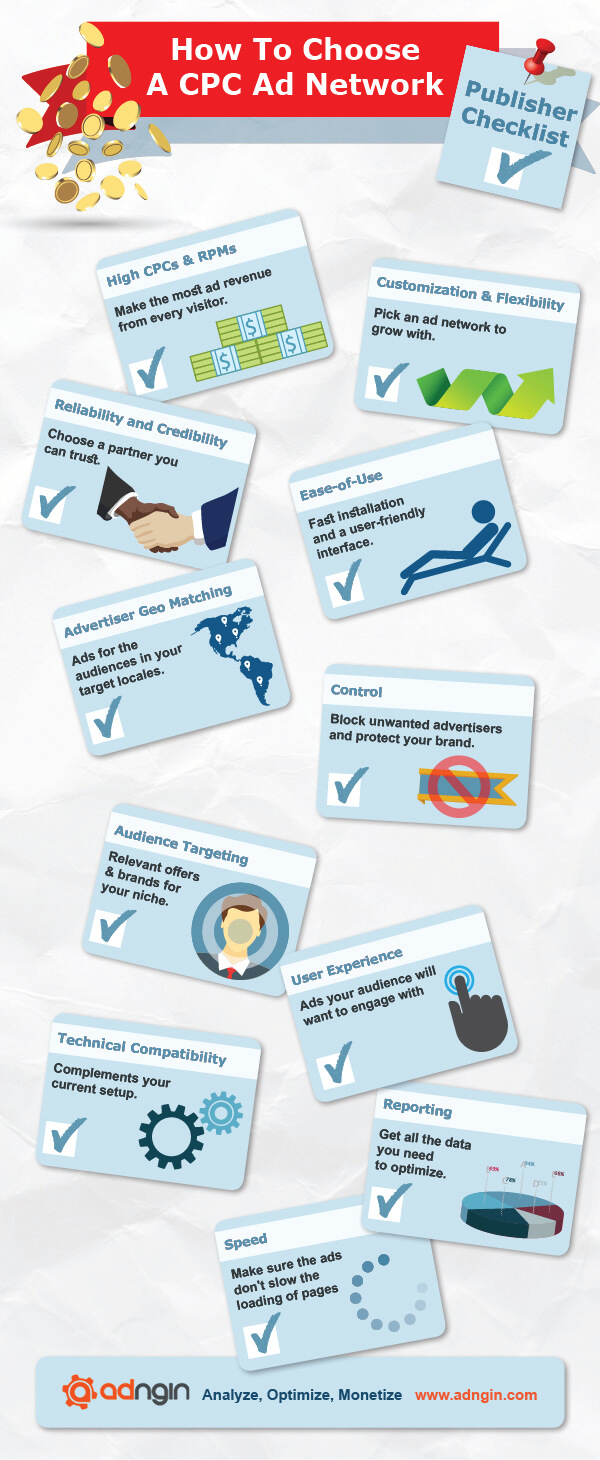9 Ways to Attract Travel Advertisers using Google Adsense
9 Ways to Attract Travel Advertisers using Google Adsense
The travel industry is a massive source of digital ad spending, with an estimated 4.85 billion spent on digital advertising in 2015. The Priceline Group alone spent 1.8 billion of 2013’s 3.42 billion dollar travel ad spending. Travel writing– an exploding industry in itself, is a natural home for these travel industry ads. “Travel writing” yields 157 million Google hits and is growing daily. In a 2011 report, 70% of consumers said that they “trusted online recommendations”– and travel writers provide this. Of internet blog readers, 50% said they visited travel blogs.
How do you attract them?
1. Content matching
2. Target high value long-tail keywords in your niche
3. Optimize your content for SEO using your keywords
4. Localize your content over high CPC local keywords
5. Optimize your content for every travel season
6. Use custom ad channels
Custom ad channels help you segment your advertisers into the right content verticals of your website. This helps you maintain a sleek, predictable ad format that doesn’t interfere with your content. Using custom channels allows you to A/B test ad sizes and format between different ad types. This allows you to control for relevant variables to produce content consistent with your ad clicks. So if that post on Yoga in Southeast Asia returns more clicks on yoga related ads, but nothing on Southeast Asia travel, then it may be wise to create more yoga related content or serve more ads relevant to this topic (since it resonated with your audience). Custom channels helps you generally increase ad revenue through optimization, and attracts ad sellers who know that their ads will be placed in an ideal location.
7. Optimize your ad layout for mobile
It’s astonishing how many websites are stuck in 2003. Mobile is here to stay. Advertisers recognize its utility since it’s the most common form of web traffic. What do most travellers use on the road? Mobile. You should be able to see where I’m going with this. Truly, it’s not that difficult to migrate your site and content to a responsive platform that will help your mobile clicks. If you’re serious about getting the most ad revenue out of your travel website, get on it now!
8. Use the best performing ad sizes
Despite what some would hope, size matters. Especially with ads. Just as segmenting advertisers contributes to your content flow, choosing ad sizes that convert should contribute to the overall flow of your site. Google even helps you find the top performing ad sizes: You lose out on revenue if your visitors don’t click on the ads, but you also lose visitors (and revenue) if your ads are obtrusive. So strike a balance here.
9. Use the Adsense review center
This should be self-evident, but you should be reviewing every ad that might be served on your site with the review center. If an ad has a low impression score, you might consider blocking the ad (although blocking adwords accounts altogether could impact your ability to get quality ad bids later). The review center can also help you search for the ads you want. Remember, it’s your site– take control of your ad destiny.
The travel industry advertising pie is massive (and growing). So if you have a travel website, follow these 8 tips to cut off a substantial piece of that ad spend for yourself. If you have quality content and an audience, the money will come. Of course, if you want to expedite your way to money-making, let AdNgin help you monetize your travel site today.
Enjoy the full post – https://goo.gl/8eM0wj


 August 3rd, 2021
August 3rd, 2021



As I’m unable to add image to this post, I will try to show you the image in text from…